Retro//Reflection - Issue #21
A thought about (over)editing photo's. Or better: dial it down already!
Once or twice per month I send out a letter with a handful of (my) photographs and share a bit of insight on the ‘why?’ or ‘how?’. As an enthusiastic photographer, anything goes.
Maybe you’ll learn something?
Or perhaps it will spark some inspiration?
I was about to write about a different topic but while preparing images for that I stumbled upon the thought that lately I tend to keep my edits simple. Especially when compared to my ‘early work’.
Like many of you I started using Lightroom in the early days1 (about 15 years ago 😲) and to get myself up to speed I watched a bunch of YouTube tutorials2. As a result I got to a workflow that made me use all the tools available on almost every photo I was editing. Sure I knew what the sliders did, but most of the time I did not have a clear goal in mind what the photo should actually look like.
That, and I was trying to turn bad photos into good ones. And we all know that doesn’t work - no matter how much you push a slider.
Anyway, my point is that over the years I learned to dial it down; to use less adjustments tools and even more important: refrain from pushing those sliders all the way to their max. Granted, subject matters. Some scenes or compositions need or can really benefit from extensive editing.
I think this can be done with any editor out there, because with that I’m also wondering what future (raw) editors could really add to help editing our photo’s?3 If you ask me, adding AI is not the answer … I’m not against AI per se, I see it’s use to improve workflow efficiency; you know, help with culling dozens of nearly-the-same-photos, creating masks that would otherwise take forever. But otherwise? 🤔
I’m afraid that in a couple of years ‘AI features’ in photo editors make our photo’s looks like they are AI -generated. And maybe that’s not even that far-fetched 🤦♂️
Anyway, that doom scenario aside, in this Retroreflection I want to show you a (before/after) photo comparison from my early days with all the adjustments and one of my recently edited images (the one above). I think you’ll notice the difference 😉
We’ll start with the photo that gave me the idea for this post.
On the left is the edited photo, on the right the raw import in Capture One. There a basically 3 things I did:
Basic adjustments: exposure, saturation, shadows, white.
Added a Burn (darken) and Dodge (lighten) layer to darken the pavement and to light up the door (using brush strokes, no fancy masking).
Key-stoning (making the verticals straight) - it’s difficult to see in the screenshot, but there is a small correction. To be honest, I don’t think anyone would’ve noticed if I hadn’t done the correction.
Full disclosure: upon import, Capture One applies the Fuji PROVIA (STANDARD) Base Characteristics ‘curve’ since this is an image taken with a Fuji X-T5. Quite often I start here to see if an image looks nicer with a certain “look”. Besides maybe a slight crop, I probably also end up adding a bit of sharpening, but that’s definitely not visible in the screenshot.
It’s a simple scene with a well defined subject, so I feel this simple edit reflects that. Now let’s go back in time to 2009. It’s a photo I haven’t published so far (and for good reason, just look at it). I don’t think it’s the worst image ever, but the editing comes close to winning an award …
Again, on the left is the edited photo, on the right the raw import in Lightroom. Here’s a list of the adjustments:
Basic adjustments: custom white balance, exposure, contrast, highlights, shadows, whites, blacks, vibrance.
7 or so local adjustments (brush + radial filter) to darken (Burn) and lighten (Dodge) several elements in the frame.
Multiple linear gradient filters to darken and re-color the sky
Heavy use of noise reduction (granted, the image was shot with a Panasonic GH-1 micro-4/3’s, which struggled a bit in low light and in those days noise reduction in any photo editor wasn’t the best either).
Upright correction (key-stoning)
Panoramic crop
This is obviously a much more complex scene than the red door image, so in theory it might need a bit more work. But overall it just looks too much. From afar it might be okay, but up close it just doesn’t look natural. Look at that sky, haloooooo!
I might even say the photo looks “AI generated”4 …
For your amusement I’ll show it here in it’s full glory:
And while you’re ROTFL I have quickly re-edited the photo with the knowledge I have now, and came up with this:
It’s still a heavy edit (as in: nearly as many basic and local adjustments as before), but overall I think I have dialed it down to a point where it still looks somewhat natural. I also opted for a 3:2 format instead of 16:9 as I feel the latter looks a bit too cramped. It’s a photo from 2009 so I don’t really recall what it was like, but I believe this comes quite close.
On a final note, writing this reminds me as well that there’s no such thing as ‘the best and final edit’ and that it’s always good to revisit (re-edit) images.
That’s it for today! So how are you looking at your editing work over the years?
Have you got similar experiences? Or did you go the other way around?
Are there any particular embarrassing edits you’d like to share? Or do you like me to share some more? 😉
Each issue I want to end with mentioning a photographer, a photography-related website or publication, simply to show my appreciation for what they do.
I still learn from other photographers editing photos and hereby I want to give a shout out to
. He writes where he covers anything (non-)photography related, but he also creates The Weekly Edit on YouTube where he shows how editing his images in a broad selection of (raw) editors!I don’t think I’ve ever seen one person editing in almost every photo editor out there 😂👍
That’s it for this issue. Thank you for reading until the end. Feel free to leave a short comment or message. Appreciate it!
Until next time, cheers,
Ronald
ronaldsmeets.info
ps: this article/newsletter/post is free, because I’m not doing this to make a profit. Also, I don’t like subscriptions at all (Tom Pendergast has a great article about not going paid, which I agree with). However, if you do want to show your support, a coffee always helps me writing and posting here ;-)
You know when you could just purchase Lightroom and keep using it for as long as you wanted …
Mainly of the often overly enthusiastic Serge Ramelli
I edit all my photo’s in either: Capture One 22 Pro (hasn’t been updated since 2022), Lightroom 6.14 (the last version before it became subscription-only, so probably 2018 or so) or DxO PhotoLab 7 (this is the most recent raw editor software I purchased)
Maybe I was ahead of my time …




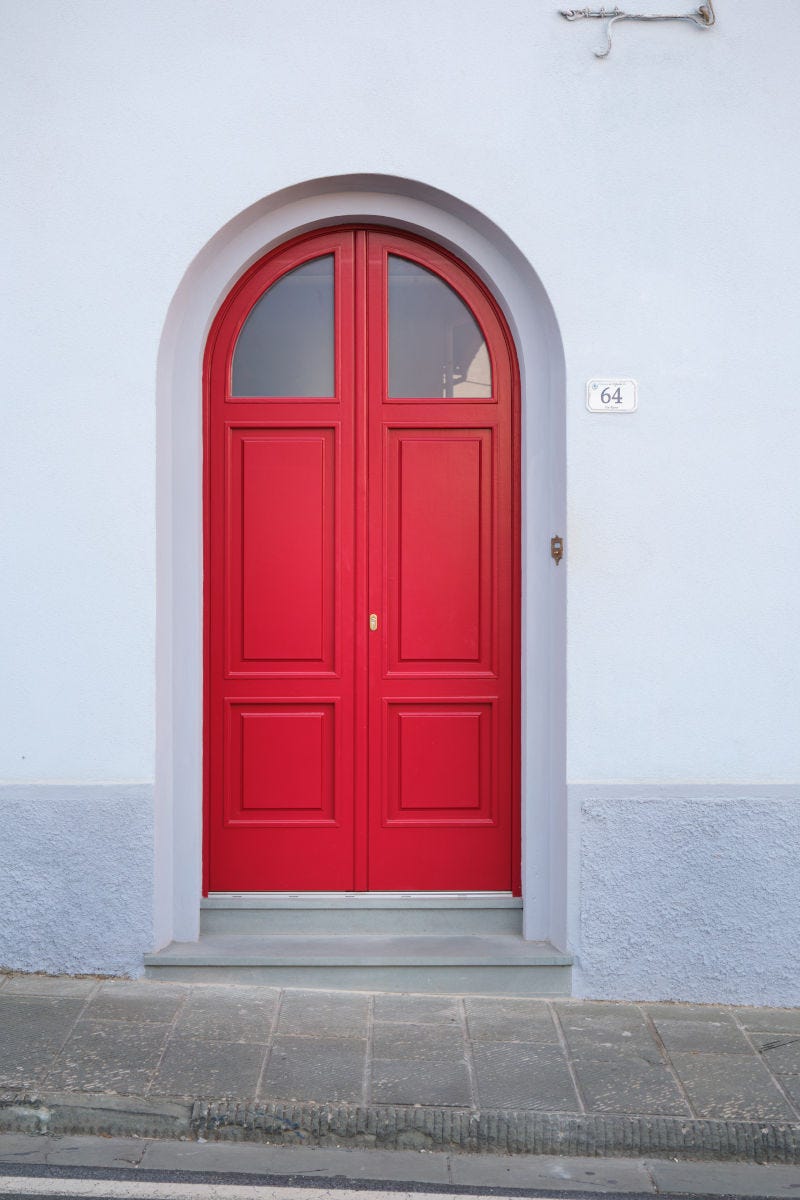
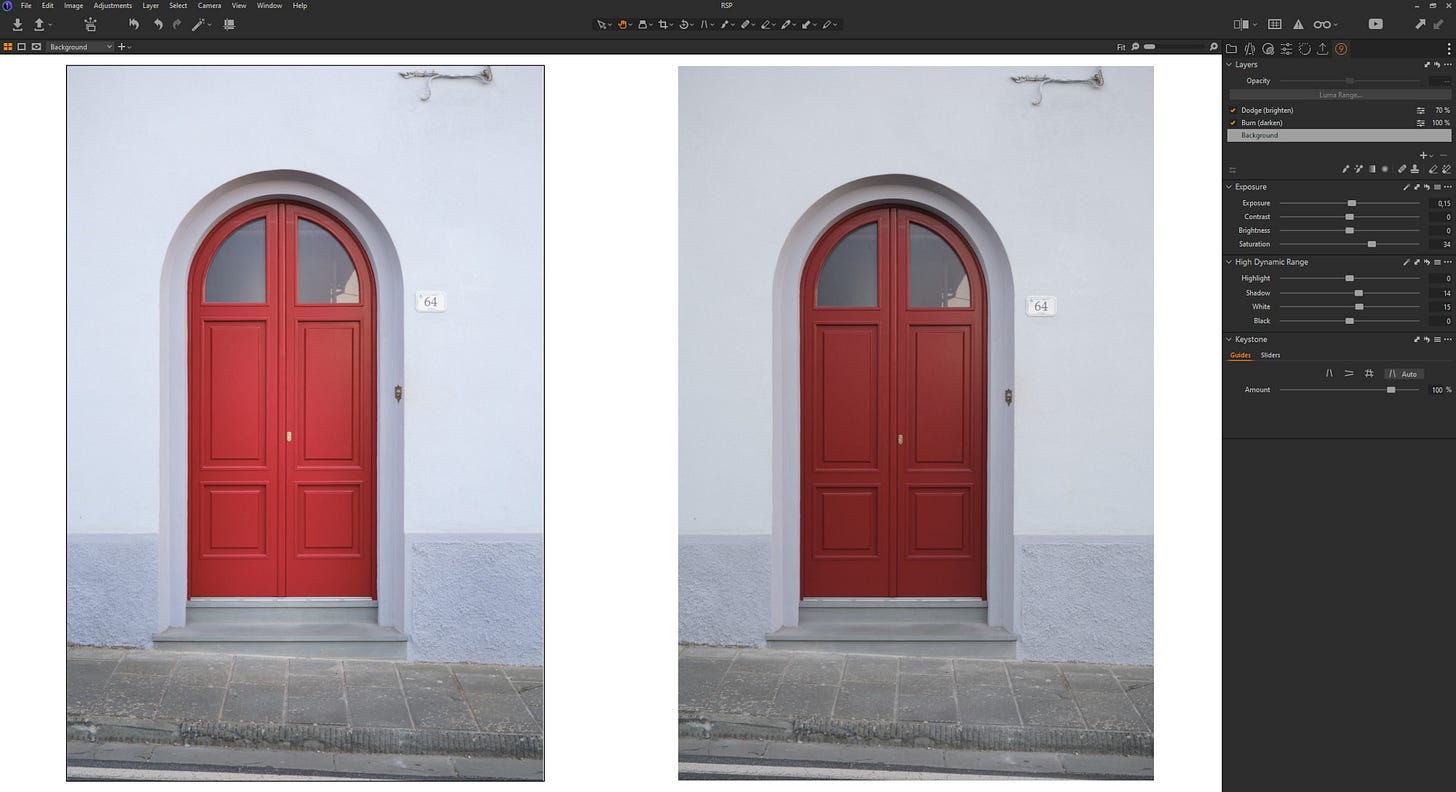
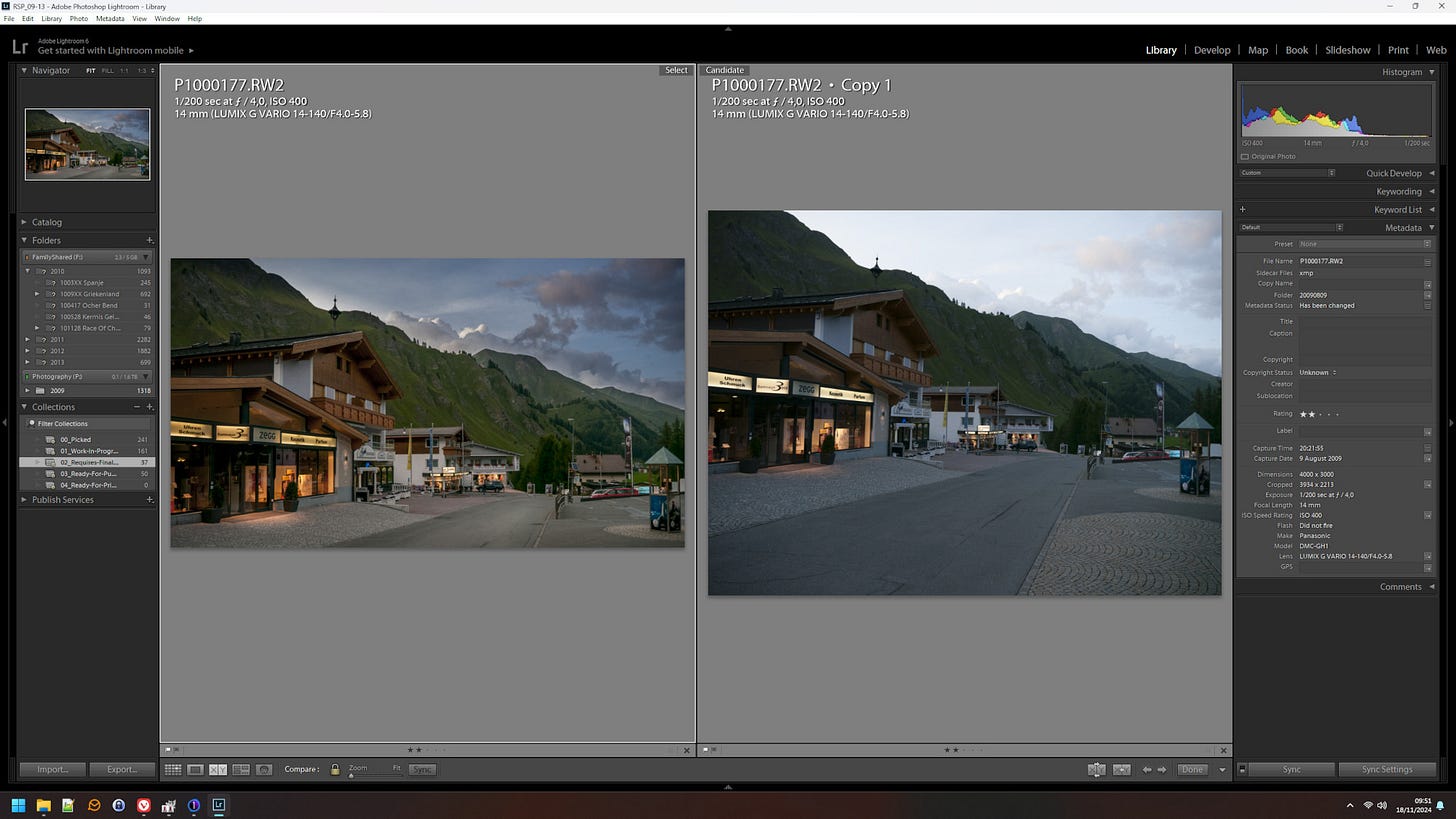
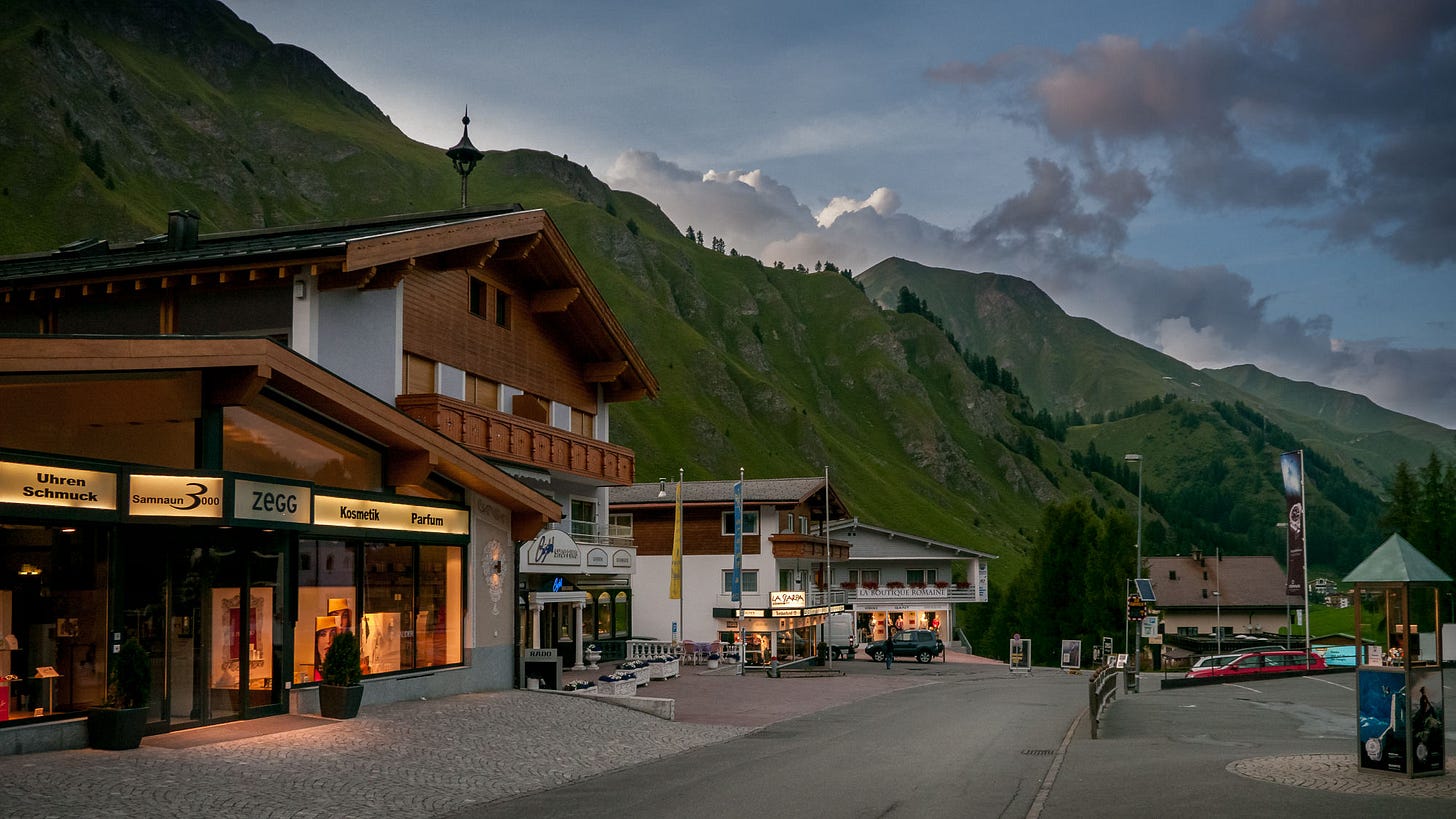
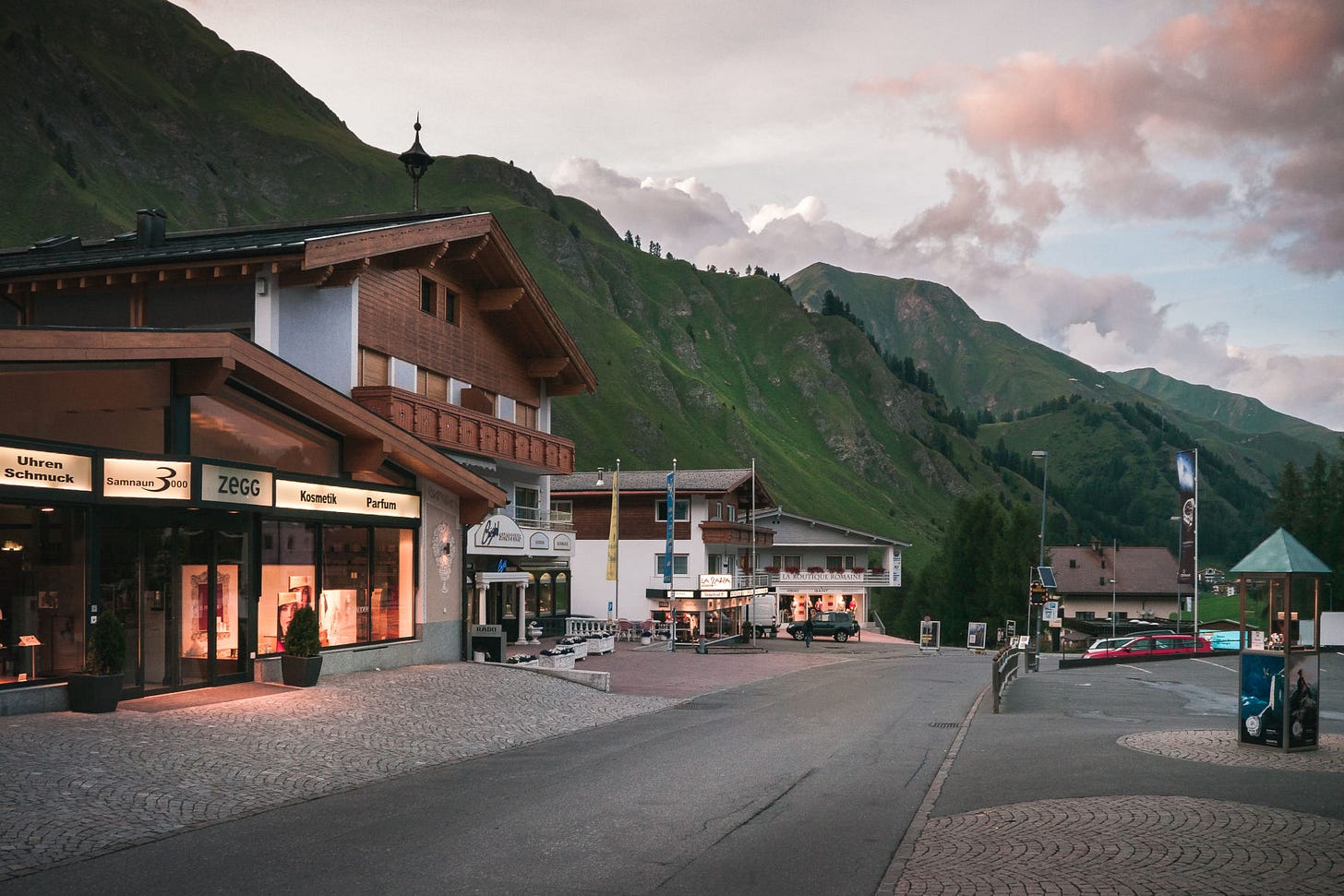

I'm glad I kept my original captures over the years and not just the edited versions so I can do away with the foolishness of my early photography years.
I have no problem with the second (edited) version. You did a good job making it better. Even if it doesn't look like the original scene, as a photographer, or an artist, you have the right--some would argue that you have the obligation--to interpret the scene as you see it in your mind (see Ansel Adams' pre-visualization). It is a concern that folks might worry about Ai--there's nothing you can do about that, other than to include a line on your page saying none of your photos were produced with generative Ai.